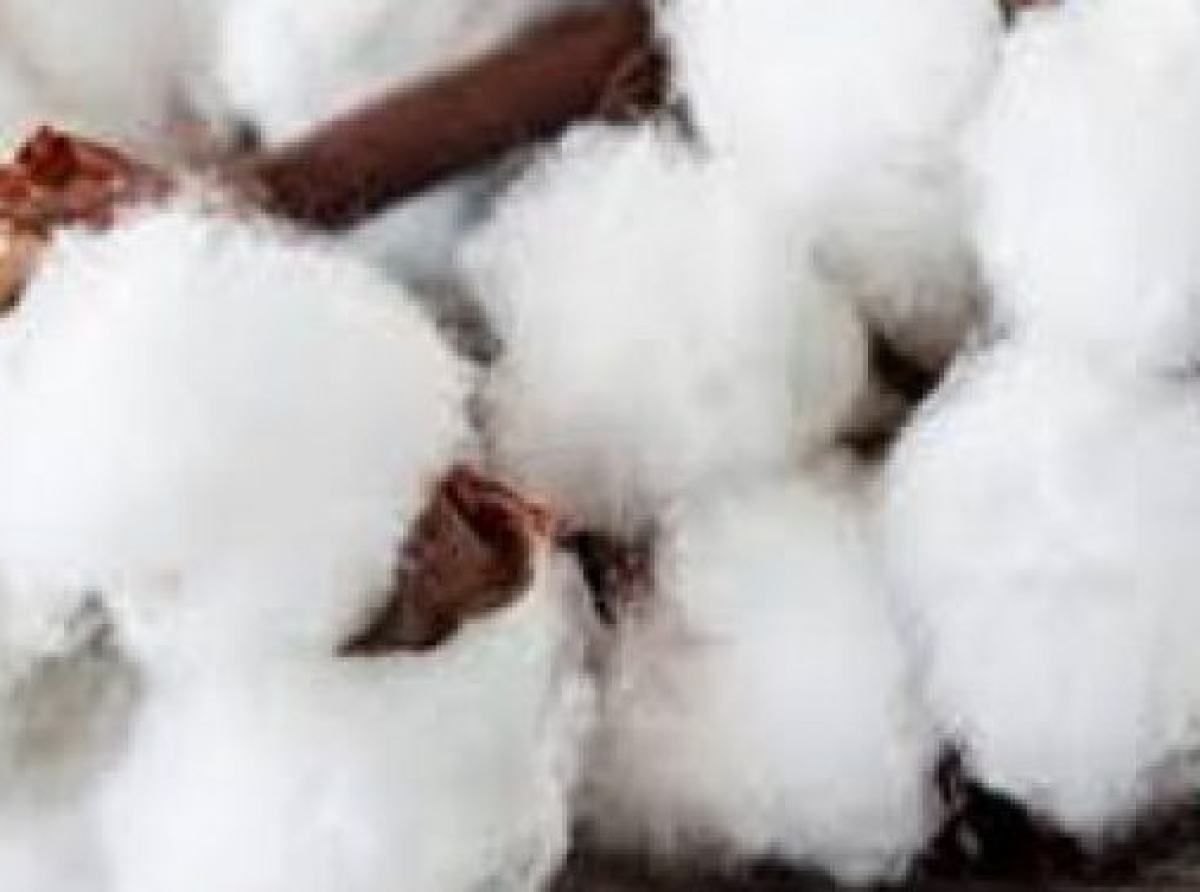Revenue Decline for Indian Cotton Spinners in FY2024

19 July 2023, Mumbai
ICRA has projected a 7% decline in revenue for Indian cotton spinners in the fiscal year 2024, primarily due to the decrease in cotton prices.
This decline is expected to have an impact on cash accruals, indicating a challenging year ahead for spinners. However, there is a positive aspect for spinners amidst the revenue decline.
Quick background
ICRA projects Indian cotton spinners' 7% revenue decline in FY24 due to lower cotton prices, impacting cash accruals.
However, steady yarn prices, improved margins, reduced borrowings, and potential capital expenditure offer some positive prospects.
Domestic cotton production is expected to rise by 10% in 2023. Exports and production face challenges, but industry optimism prevails with expectations of recovery. While FY24 may see marginally lower profits, operating efficiencies, and demand from developed regions may drive improvements.
Monitoring risks, including cotton price fluctuations and disruptions, remains essential.
Steady Yarn Prices Anticipated
ICRA anticipates improved operating margins as higher volumes and reduced logistics expenses contribute to better profitability. Furthermore, the forecast indicates a decrease in spinners' borrowings, leading to improved debt coverage ratios and a better capital structure.
Looking beyond the fiscal year 2024, there is potential for increased capital expenditure in the industry. Factors such as machinery modernization, demand arising from the "China Plus One" movement, and growing interest from consumers in the EU and North America are expected to drive investment plans.
Modest Increase Projected
Cotton prices experienced a significant decline in the second half of the calendar year 2022 and continued to decrease by 20% in May 2023.
Despite this, domestic cotton production is projected to increase by 10% in calendar year 2023. However, slow progress in sowing has been observed in Maharashtra and southern states due to delayed monsoon.
Expected to Stay Below Historical Highs
In the near term, yarn prices are expected to remain steady, with a slight increase anticipated in the second half of the fiscal year 2024 as downstream companies' demand picks up.
However, spinners are likely to face a contraction of approximately 5% in gross contribution margins for the fiscal year 2024, primarily due to unfavorable movements in cotton fiber and yarn prices.
Exports play a significant role in India's cotton yarn production, but there was a substantial decline in exports during the fiscal year 2023.
Although there is a projected increase of 15-17% in cotton yarn production for the fiscal year 2024, both production and exports are expected to remain below the historical highs seen in the calendar year 2022.
Inflation and Uncompetitive Prices Impact Performance
Indian cotton spinners have faced significant challenges in the second quarter of fiscal year 2023 (FY23), as highlighted by ICRA, a leading credit rating agency. Inflationary pressures and uncompetitive prices have adversely affected their performance during this period.
Revenue Decline and Margin Moderation Revealed by ICRA Analysis
ICRA's analysis of a sample group of spinners reveals a 4% year-on-year (YoY) decline in revenue and a 950 basis point moderation in margins. Companies across different scales have experienced pressure on profitability, leading to a moderation in interest cover.
Profitability and Revenues Expected to Moderately Decline in Q3 FY23
ICRA's recent research report on cotton and manmade yarns suggests that the profitability and revenues of Indian cotton spinners are expected to sequentially moderate in the third quarter (Q3) of FY23. This projection is based on a slowdown in demand and lower contribution levels.
Factors Contributing to Performance Challenges
Factors contributing to the performance challenges include a substantial increase in cotton prices, reaching all-time high levels in May 2022. This surge has impacted the contribution levels for spinners.
Additionally, downstream companies have resisted high prices, Indian yarn prices have been uncompetitive in the international market, and there has been a slowdown in demand from developed nations due to recessionary concerns.
Optimism for Industry Recovery
However, there is optimism for a recovery in the industry. ICRA expects volumes and contribution levels to improve from the fourth quarter of FY23 onward. This recovery will be driven by a rebound in demand and lower cotton prices with new arrivals.
The previous fiscal year (FY22) witnessed robust revenue growth and profitability for Indian cotton spinners, supported by strong realizations and healthy demand following the lifting of lockdown restrictions.
Debt and Capital Expenditure Trends
The industry experienced high debt-funded capital expenditure in FY22, partly due to the deferral of major expenses during the COVID-19 period. This trend is expected to continue in the near term for capacity expansions and power-saving enhancements.
As cotton prices soften and working capital requirements decrease, it is anticipated that debt levels will decrease, leading to an improved capital structure. ICRA predicts an improvement in the debt coverage ratios for the sector in FY24.
Export and Production Challenges
Indian cotton yarn exports sharply declined since April 2022 after reaching all-time highs in FY22. Uncompetitive pricing and a slowdown in demand from developed nations have contributed to this decline.
Yarn production has also witnessed a significant YoY decline of approximately 15% in FY23, with cotton yarn exports plunging by 53% in the first seven months of FY23.
Outlook for the Future
Looking ahead, ICRA expects a near 10% YoY improvement in demand for India's domestic cotton spinning industry in FY24. This growth will be driven by shifting preferences away from Chinese cotton and an expected rise in demand from the USA and EU regions for the spring/summer season.
Although a decline in revenues is anticipated, an improvement in operating margins is expected for Indian cotton-spinning companies in FY24.
The industry is likely to benefit from operating efficiencies resulting from higher volumes and lower logistics expenses. However, profits and cash accruals are projected to be marginally lower in FY24 compared to FY23.
Cotton Price Trends
Cotton prices witnessed an upward trend until September 2020. However, in the calendar year 2022, the steeper increase in fiber prices compared to yarn prices led to a decrease in the average spot contribution.
Since June 2022, cotton yarn prices have been declining due to softening in cotton fiber prices and subdued demand from downstream apparel companies.
ICRA expects cotton yarn prices to remain steady in the near term and experience a slight increase in the second half of FY24 as demand from downstream companies picks up.
Monitoring Risks
In summary, while Indian cotton spinners have encountered challenges in FY23, including inflationary pressures and uncompetitive prices, there are expectations for a future recovery driven by lower cotton prices and increased demand.
The industry is anticipated to experience improvements in FY24, such as higher volumes, better debt coverage ratios, and rising demand from various regions. However, close monitoring of risks such as fluctuating cotton prices and intermittent disruptions across the textile value chain remains crucial.
CREDITS: ICRA report
Latest Publications

































